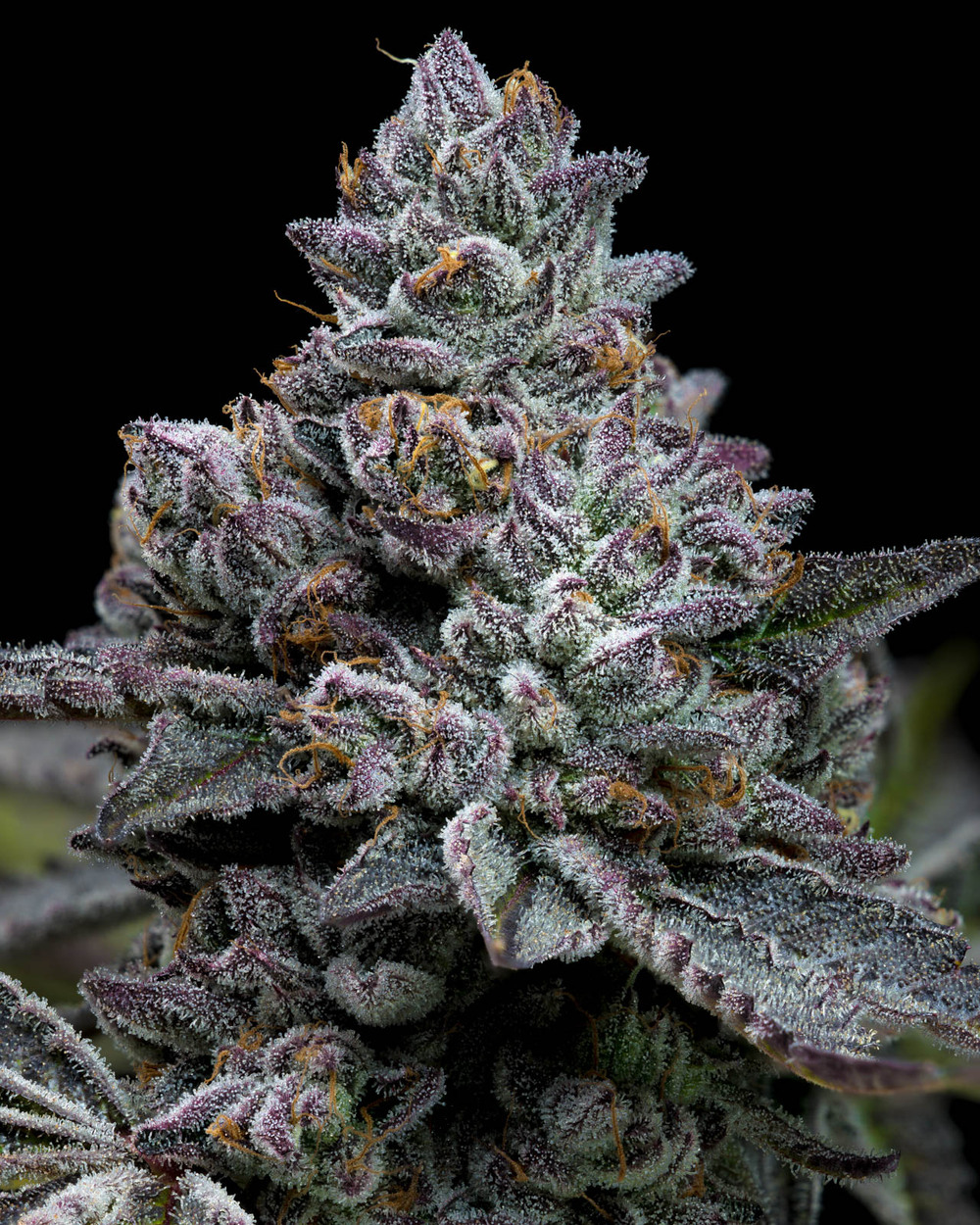Successful Genetic Cross With Apple Fritter Cannabis Strain

The world of cannabis breeding is buzzing with the news of a significant breakthrough. Researchers at Veridian Genetics have announced a successful genetic cross involving the highly sought-after Apple Fritter strain. This achievement could revolutionize cultivation practices and pave the way for novel therapeutic applications.
This isn't just about creating another trendy strain. The successful cross, detailed in a pre-print study released this week, represents a significant leap in manipulating specific traits within the cannabis genome. Experts believe this could lead to cultivars with enhanced disease resistance, higher cannabinoid concentrations, and optimized terpene profiles.
The Science Behind the Breakthrough
The core of the achievement lies in Veridian Genetics' proprietary breeding techniques. These techniques combine traditional cross-pollination with advanced molecular marker-assisted selection. This allows breeders to identify and select plants with desirable genes at a much faster rate than traditional methods.
“Our goal was to improve upon the already impressive qualities of Apple Fritter," explained Dr. Anya Sharma, lead researcher at Veridian Genetics. "We aimed to enhance its resin production and increase its resistance to common fungal pathogens.”
The specific genotype of the parent strain used in the cross remains undisclosed for competitive reasons. However, Dr. Sharma confirmed that it carries genes known to confer resistance to powdery mildew and botrytis, two significant threats to cannabis crops.
Molecular Marker-Assisted Selection
Molecular marker-assisted selection is a cutting-edge approach. It involves using DNA markers linked to specific genes of interest. By analyzing these markers in young plants, breeders can predict which individuals are most likely to inherit the desired traits.
This allows for more efficient selection of breeding parents. It also significantly reduces the time and resources required to develop new cultivars with specific characteristics. The technology has been used in agricultural crops for decades, but its application to cannabis is relatively new and rapidly evolving.
Potential Benefits for Cultivators
The implications of this successful cross extend far beyond the laboratory. Cultivators stand to benefit from increased yields, reduced crop losses due to disease, and improved product quality.
Disease resistance is particularly crucial for cultivators operating in humid climates. Fungal pathogens like powdery mildew can decimate entire crops, leading to significant financial losses. Strains with enhanced resistance can significantly reduce the need for chemical pesticides, promoting more sustainable cultivation practices.
Furthermore, optimizing cannabinoid and terpene profiles can increase the market value of cannabis products. Consumers are increasingly demanding strains with specific effects and flavors, and genetic manipulation can help breeders meet these demands.
Industry Reactions
The announcement has been met with widespread enthusiasm within the cannabis industry. Many experts believe it signals a new era of precision breeding.
“This is a game-changer,” said Mark Johnson, CEO of GreenLeaf Cultivation, a large-scale cannabis producer. “The ability to reliably breed disease-resistant and high-yielding strains will revolutionize our cultivation practices.”
However, some concerns have been raised about the potential for genetic modification to lead to homogenization of the cannabis gene pool. Critics argue that focusing on a limited number of desirable traits could inadvertently reduce the diversity of cannabis varieties.
“We need to be careful not to sacrifice genetic diversity in our pursuit of optimization,” warned Dr. Emily Carter, a cannabis geneticist at the University of California, Davis. “Maintaining a broad gene pool is essential for the long-term health and resilience of the cannabis plant.”
"While innovation is exciting, we must proceed with caution and prioritize sustainable and ethical breeding practices." - Dr. Emily Carter, University of California, Davis
The Regulatory Landscape
The regulatory landscape surrounding cannabis breeding and genetic modification remains complex and varies significantly across jurisdictions. Some countries and states have strict regulations on the development and sale of genetically modified organisms (GMOs), while others have more lenient approaches.
Veridian Genetics has stated that its breeding techniques do not involve genetic modification in the traditional sense. They rely on traditional cross-pollination methods combined with advanced selection techniques. They are actively working with regulatory agencies to ensure compliance with all applicable laws and regulations.
The legal status of cannabis remains a significant factor influencing research and development in this area. As more countries and states legalize cannabis, it is likely that the regulatory framework will become more clear and standardized.
Future Directions
The successful cross involving Apple Fritter represents a significant step forward. However, it also highlights the need for further research and development. Veridian Genetics is currently exploring the potential of using gene editing technologies, such as CRISPR, to further refine cannabis traits.
CRISPR offers the potential to make precise changes to the cannabis genome. This can allow for the targeted improvement of specific traits without introducing foreign genes. However, the use of CRISPR in cannabis is still in its early stages, and significant regulatory hurdles remain.
The future of cannabis breeding is likely to involve a combination of traditional techniques, molecular marker-assisted selection, and gene editing technologies. These approaches will allow breeders to develop cultivars with enhanced properties, improved yields, and novel therapeutic applications. The ultimate goal is to provide consumers with safe, effective, and high-quality cannabis products.

















